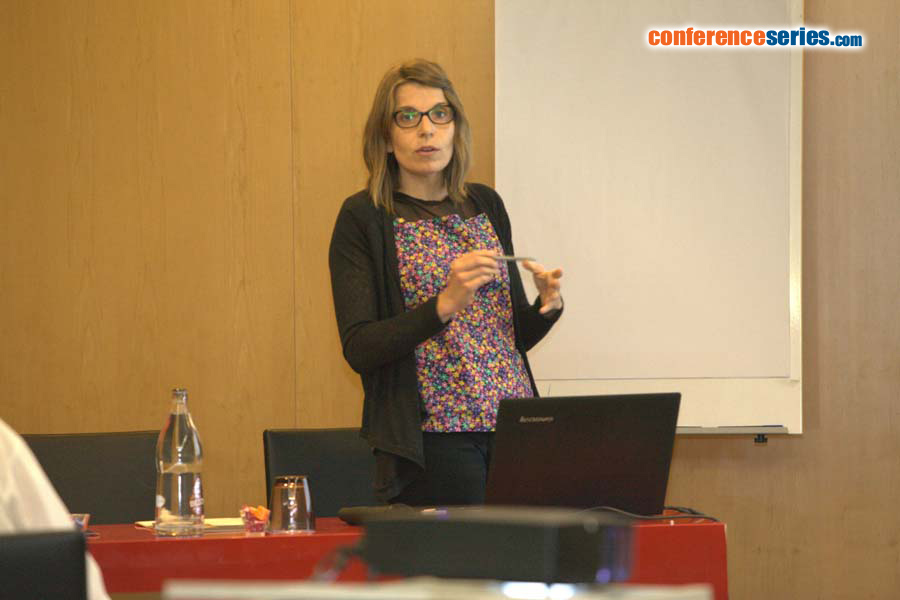
Eva Tresaco
Universidad de Zaragoza
Spain
Title: Necklaces theory applied to Satellite Constellation design
Biography
Biography: Eva Tresaco
Abstract
Satellite constellations are groups of satellites working cooperatively and following the same goal. In this work, we recall different ways to design satellite constellations. Satellite constellation design has been since its beginning a process that required a high number of iterations due to the lack of established models for the generation and study of constellations. This situation resulted in the necessity of specific studies for each particular mission, being unable of extrapolate the results from one mission to another. Fortunately, in the last decade, new theoretical models were developed that include in their formulation all the former configurations. One of these models is the Flower Constellations (cf. [1]). In this work we present these constellations along with the 2D-Lattice Flower Constellation theory (cf. [2, 3]), which represents an improvement of the original theory since its formulation is simpler and has a physical meaning. We focus on the application of the theory of necklaces to the determination of the reference orbit of the constellation. This approach opens new design possibilities and brings what we named Necklace Flower Constellations (cf. [4]). Finally, we introduce a time distribution methodology (cf. [5]) to generate constellations whose satellites share a set of relative trajectories, and maintain that property over time without orbit corrections. This distribution methodology is able to generate all kinds of satellites configurations including equally spaced time distributions (as the Flower Constellations Theory does) but also formation flying. To sum up, we will present examples of missions in which the satellites present the ground-track repetition property, constellations based on high eccentricity orbits and formation flying designs.







